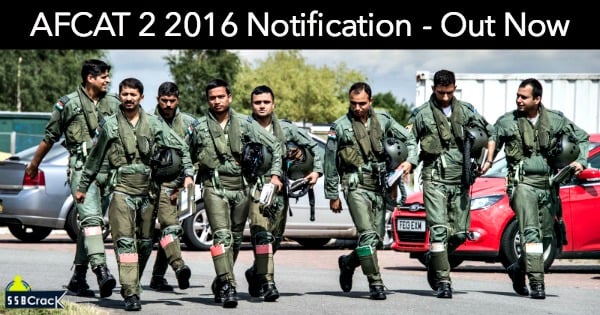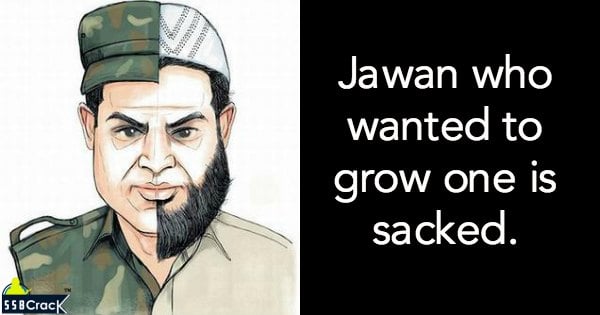Recently Indian air force has published the AFCAT 2 2016 notification. Indian Air Force conducts Air Force Common Admission Test, popularly known as AFCAT, twice every year. As the name suggests this test is conduct for and by Indian Air Force. The purpose of this test is to recruit officers (both men and women) for three branches (and their sub-branches) of Air Force namely Flying, Technical and Ground Duty. In this article, candidates can find the details regarding AFCAT 2 2016 age limits, cut off marks, backlog status and if final year students can apply for AFCAT 2 2016 of now.
AFCAT 2 2016 Cut Off [Application Eligiblity]
Flying: Graduates (Minimum three year degree course) in any discipline from a recognised University who have attained minimum 60% marks or equivalent have passed Maths and Physics at 10+2 level or BE / B Tech degree (Four year course) or cleared section A & B examination of Associate Membership of Institute of Engineers (India) or Aeronautical Society of India from a recognised University with minimum 60% marks or equivalent.
Technical: Candidateswithminimum60%markseachin Physics and Mathematics at 10+2 level and a minimum of four year graduation / integrated post- graduation qualification in Engineering / Technology from recognised University.
GDOC Administration & Logistics: Graduate Degree (Minimum three year degree course) in any discipline from a recognised university with 60% marks or equivalent or cleared section A & B examination of Associate Membership of Institution of Engineers (India) or Aeronautical Society of India from a recognised university with a minimum of 60% marks or equivalent.
GDOC Accounts: B. Com. degree (Minimum three year degree course) from a recognised university with a minimum of 60% marks or equivalent.
GDOC Education: MBA / MCA or MA / M Sc degree in English / Physics / Mathematics / Chemistry / Statistics / International relations / International studies / Defence studies / Psychology / Computer Science / IT / Management / Mass Communication / Journalism / Public Relation with minimum of 50% marks in aggregate all paper put together in Post Graduation (Minimum two year programme) and 60% marks in graduation (both recognised by UGC / Competent Accreditation Authority).
AFCAT 2 2016 Age Limits
- Flying Branch – Age: 20 to 24 years
- TechnicalBranch – Age: 20to26
- Ground Duty Branches – Age: 20 to 26
AFCAT 2 2016 Final Year Students & Backlog
Candidates appearing in final year/semester examinations may apply for all courses commencing in July 2017 provided they fulfil the following conditions:-
- Candidates should not have any present backlog and should have secured a minimum of 60% marks upto the last semester / year for which results have been declared at the time of online submission and at the time of SSB.
- Candidates should be able to provide provisional / original degree certificate issued by University latest by 15 June 2017.

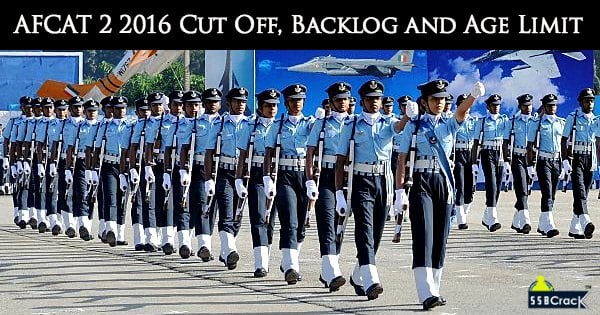
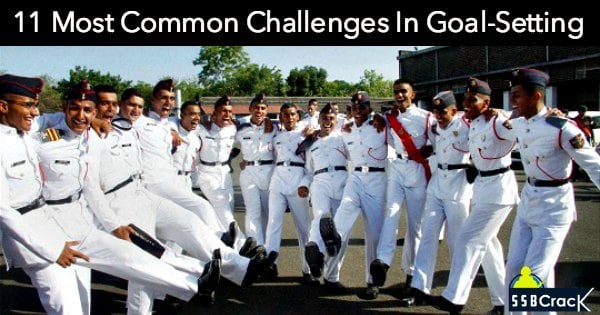
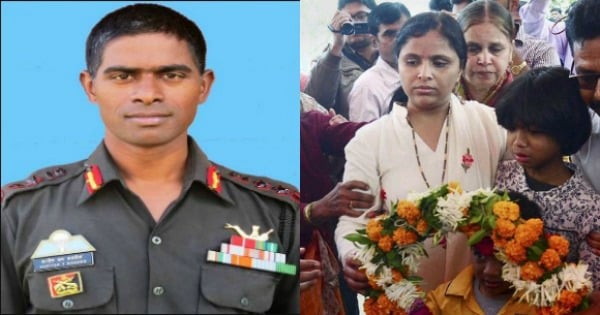
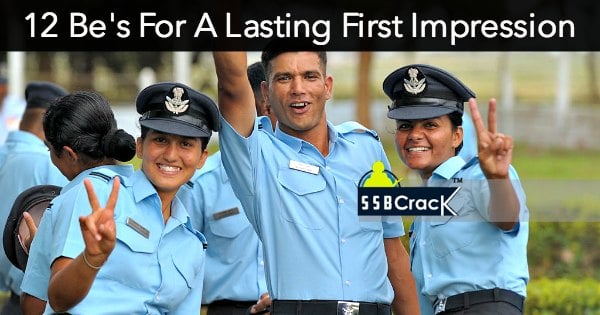
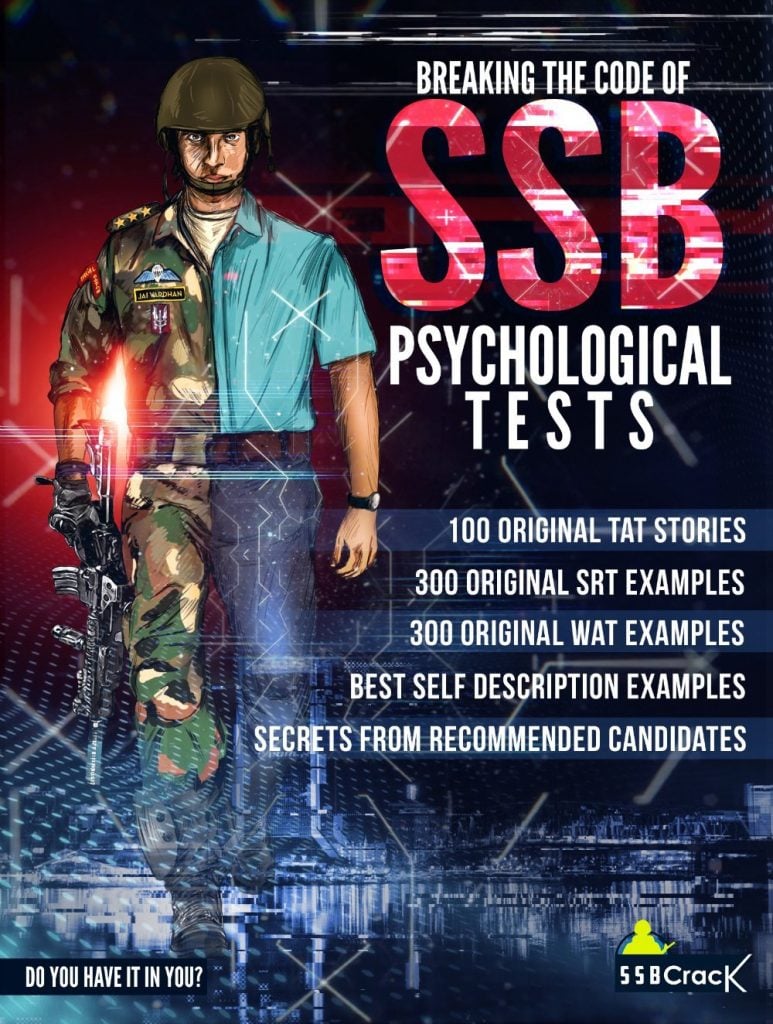
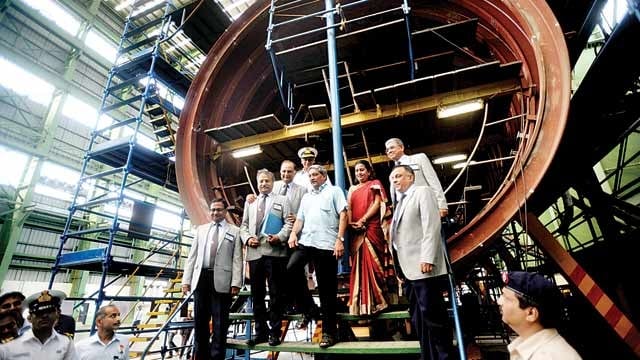
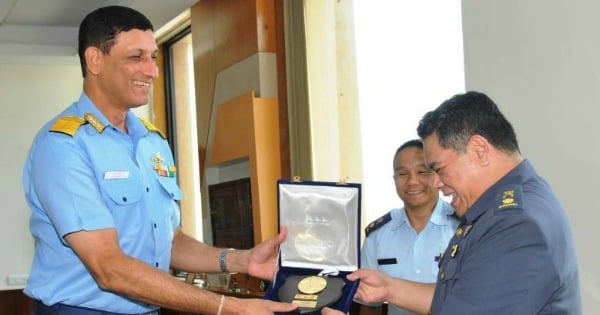
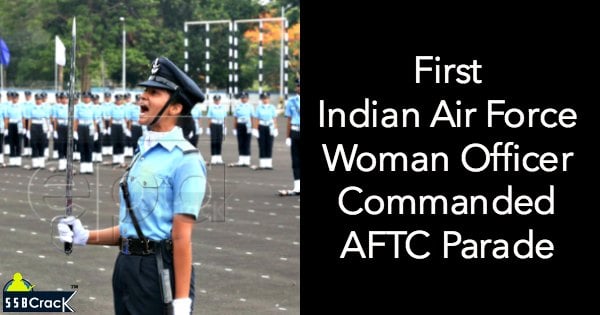
![AFCAT 2 2016 Cut Off Marks [Official] AFCAT 2 2016 Cut Off Marks [Official]](https://www.ssbcrack.com/wp-content/uploads/2016/06/AFCAT-2-2016-Cut-Off-Marks-Official.jpg)

